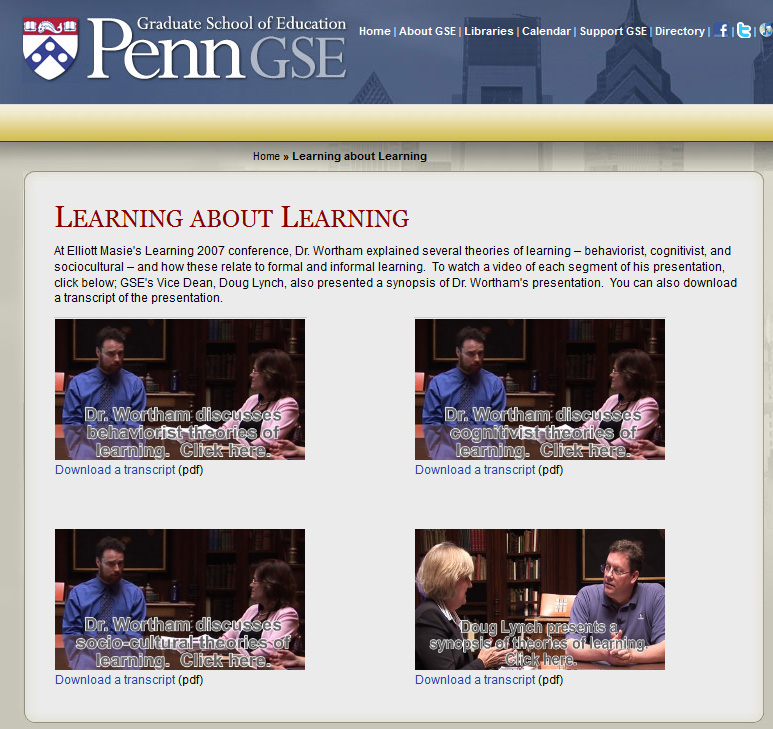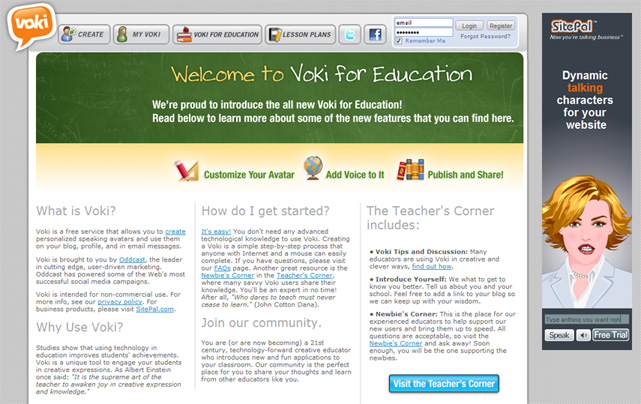The Fisch Flip in Michigan: Dale Eizenga on flipping traditional lecture and homework routines — from singaporeeducationdirectory.com
Excerpt:
Today I had the opportunity to spend time visiting with teachers and students at Holland Christian Schools in Holland, Michigan. One highlight of my day was the following five minutes of sharing by Holland Christian Schools’ chemistry teacher Dale Eizenga. Dale explained how access to a variety of technology resources has enabled him to flip the traditional in-class lecture and at-home assignment model of learning. Using software and websites, Dale records many lessons for students and makes those screencast videos available online and via the school’s podcast channel.
Several things are notable here. First, Dale didn’t read about Jonathan Bergmann and Aaron Sams, or Karl Fisch, online or in print. He stumbled upon this instructional model when his school provided all teachers and students with a robust digital learning environment. That not only includes access to laptops (for everyone in grades 6-12) but also an online learning management system (Moodle,) robust digital curriculum resources, school-supported options for sharing videos online, AND certified educators supporting technology integration. There are a lot of ingredients to this situation, and that’s critical to understand.
Secondly, Dale addresses in the video how some students struggle with this SHIFT to a “lecture at home on video” model. Dale still shares some lectures in class with students. He mixes it up. Dale explains this model forces students to “own their learning” in ways they may not have needed to in a traditional lecture-in-class setting. Dale relates this as “more of a college model,” where students are responsible for THEIR OWN learning. Dale explains his instructional role as one where he surrounds students with learning resources, and then assists students as they access / utilize those resources. When students aren’t “getting it,” he’s able to talk with them to find out if they’ve watched the podcast video which applies to the current topic or skill, and find out what students need specifically to master new content.
From DSC:
The folks at Holland Christian are doing an awesome job! Keep up the great work over there!
.

















